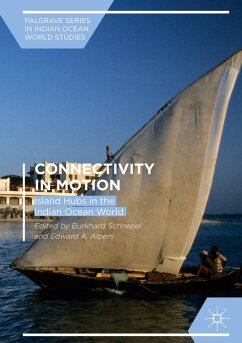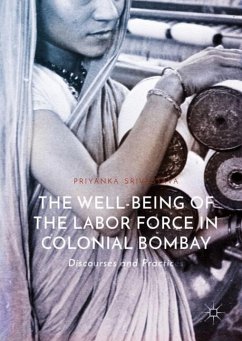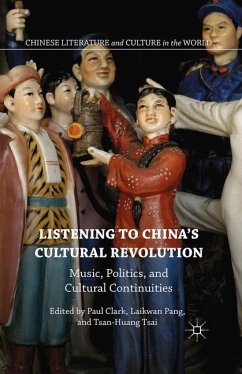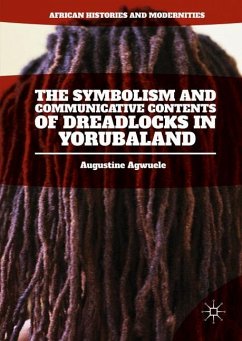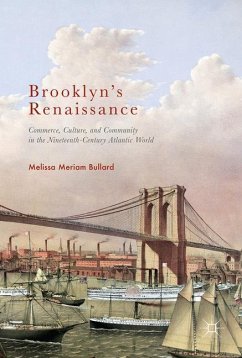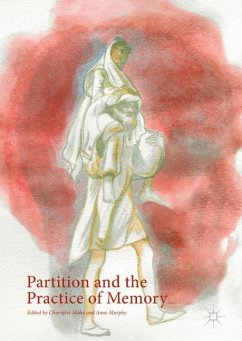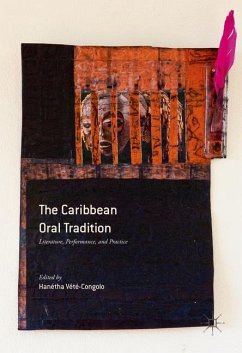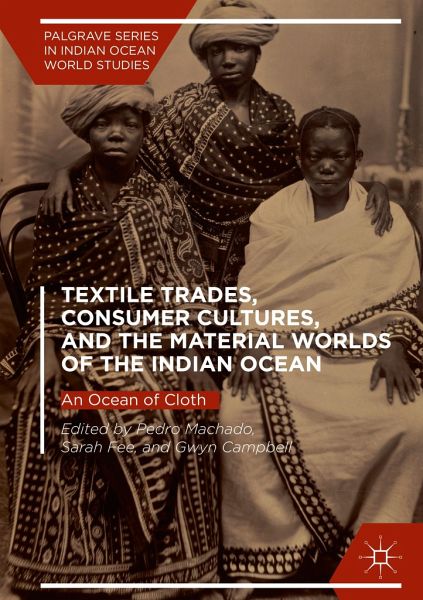
Textile Trades, Consumer Cultures, and the Material Worlds of the Indian Ocean
An Ocean of Cloth
Herausgegeben: Machado, Pedro; Fee, Sarah; Campbell, Gwyn

PAYBACK Punkte
53 °P sammeln!
This collection examines cloth as a material and consumer object from early periods to the twenty-first century, across multiple oceanic sites-from Zanzibar, Muscat and Kampala to Ajanta, Srivijaya and Osaka. It moves beyond usual focuses on a single fibre (such as cotton) or place (such as India) to provide a fresh, expansive perspective of the ocean as an "interaction-based arena," with an internal dynamism and historical coherence forged by material exchange and human relationships. Contributors map shifting social, cultural and commercial circuits to chart the many histories of cloth acros...
This collection examines cloth as a material and consumer object from early periods to the twenty-first century, across multiple oceanic sites-from Zanzibar, Muscat and Kampala to Ajanta, Srivijaya and Osaka. It moves beyond usual focuses on a single fibre (such as cotton) or place (such as India) to provide a fresh, expansive perspective of the ocean as an "interaction-based arena," with an internal dynamism and historical coherence forged by material exchange and human relationships. Contributors map shifting social, cultural and commercial circuits to chart the many histories of cloth across the region. They also trace these histories up to the present with discussions of contemporary trade in Dubai, Zanzibar, and Eritrea. Richly illustrated, this collection brings together new and diverse strands in the long story of textiles in the Indian Ocean, past and present.



